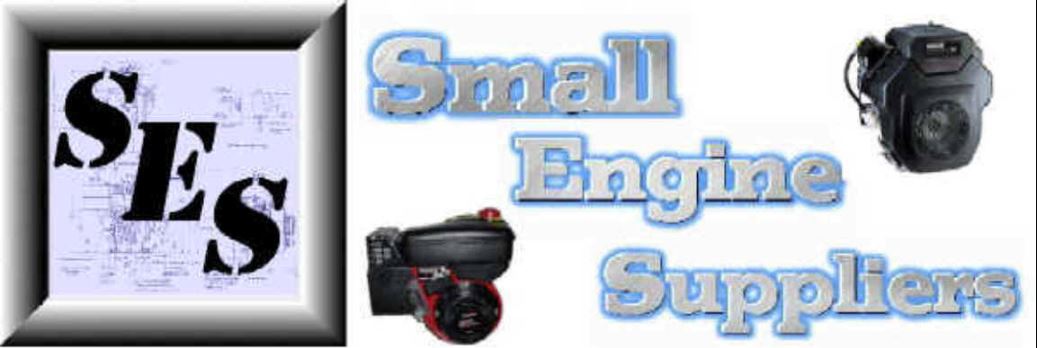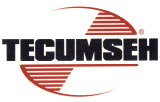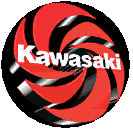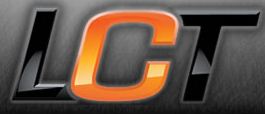|
||
If your engine is badly damaged and you have decided you don't want to tackle a complete rebuild or you have deemed it too costly, you may want to consider installing a short block. You may also want to install a short block if you have checked into a new engine and found it is not available or needs costly modifications for your application. (Sometimes the suggested replacement engine needs the crankshaft replaced to match the old engine. Why would you buy a new engine to replace the crankshaft?) A shortblock may be the best option to get the equipment in good, working shape again and ensure that you don't have to modify your equipment to accept a different engine. A shortblock a lot of the time proves to be very economical compared to other options, if you can do the labor yourself. Short blocks normally contain a 90 day new parts warranty from the engine manufacturer covering defective material or workmanship, which is basically the same warranty that applies to any new part. A new shortblock normally consists of all the internal engine parts, including the crankshaft, piston, rod, camshaft, valves and governor, along with a gasket kit, but normally does not include any peripheral parts like the cylinder head, carburetor, muffler, etc. and sometimes not the oil pan. If the shortblock is for an Overhead Valve (OHV) engine, you will need to address any valve problems when transferring the head. All gaskets and seals needed to complete the repair are included with the short block. The best part about using a shortblock is you do not have to worry about any of the internal engine parts and only need to transfer the external parts such as cylinder head, carburetor, linkages, magneto, flywheel, starter and shrouding. Before you are consider a shortblock, here is a list of things you should evaluate, before buying and installing a short block:
When considering a shortblock you should keep in mind that you may well have other work. You should also do things such as rebuild the carburetor, replace all filters and the fuel line hose. New Briggs & Stratton shortblocks are designed for magnetron ignition and do not have a plunger hole for the points, so you may have to convert the ignition system to a magnetron if your engine was built prior to 1983. As with any other repair procedure it is always recommended that you purchase a repair manual for your engine to help you make the proper torques and adjustment procedures for the governor and carburetor etc. Sometimes repair manuals are available online. Tecumseh has a basic repair manual and Kohler has all of their engine repair manuals online. You should also buy a flywheel puller to make that part of the job easier. If you have a digital cameral, it is suggested that you take pictures of the governor springs, linkages and other items so you can look at them when it comes time to re-install those parts. You should clean and set all of the components aside in groups to be assembled in a logical order. Clean the cylinder area and apply a teaspoon of oil around the upper cylinder before putting the head on. As an example, here is a good sequence to follow on an L-head engine:
One final note: Make sure to fill the crankcase with the proper engine oil, before attempting a startup. Also, make sure the governor & linkage are installed properly. You will then have an engine that is in everyway as good as a new one and one that should give you just as many hours of service, if you were careful in both your evaluation and repair. Now start her up and enjoy your new-old engine with the satisfaction that you were the one that made it. |















